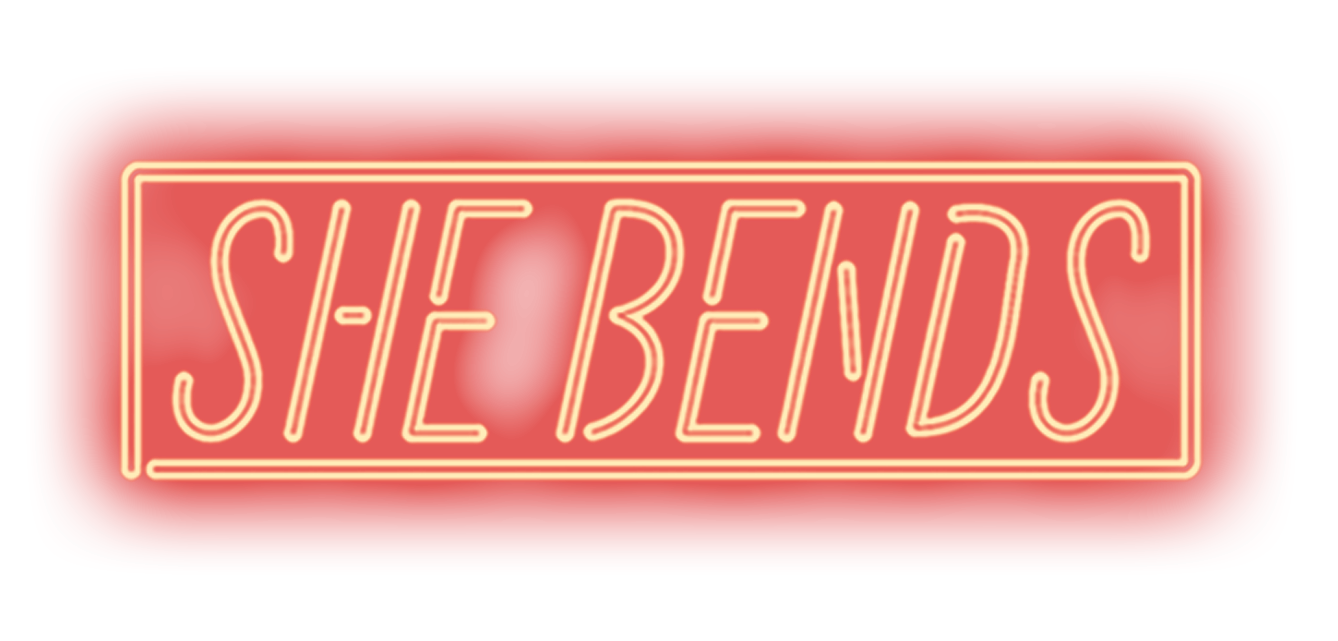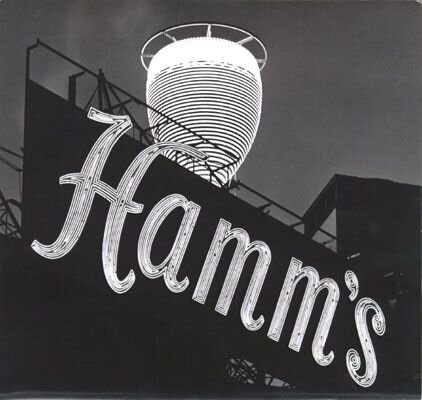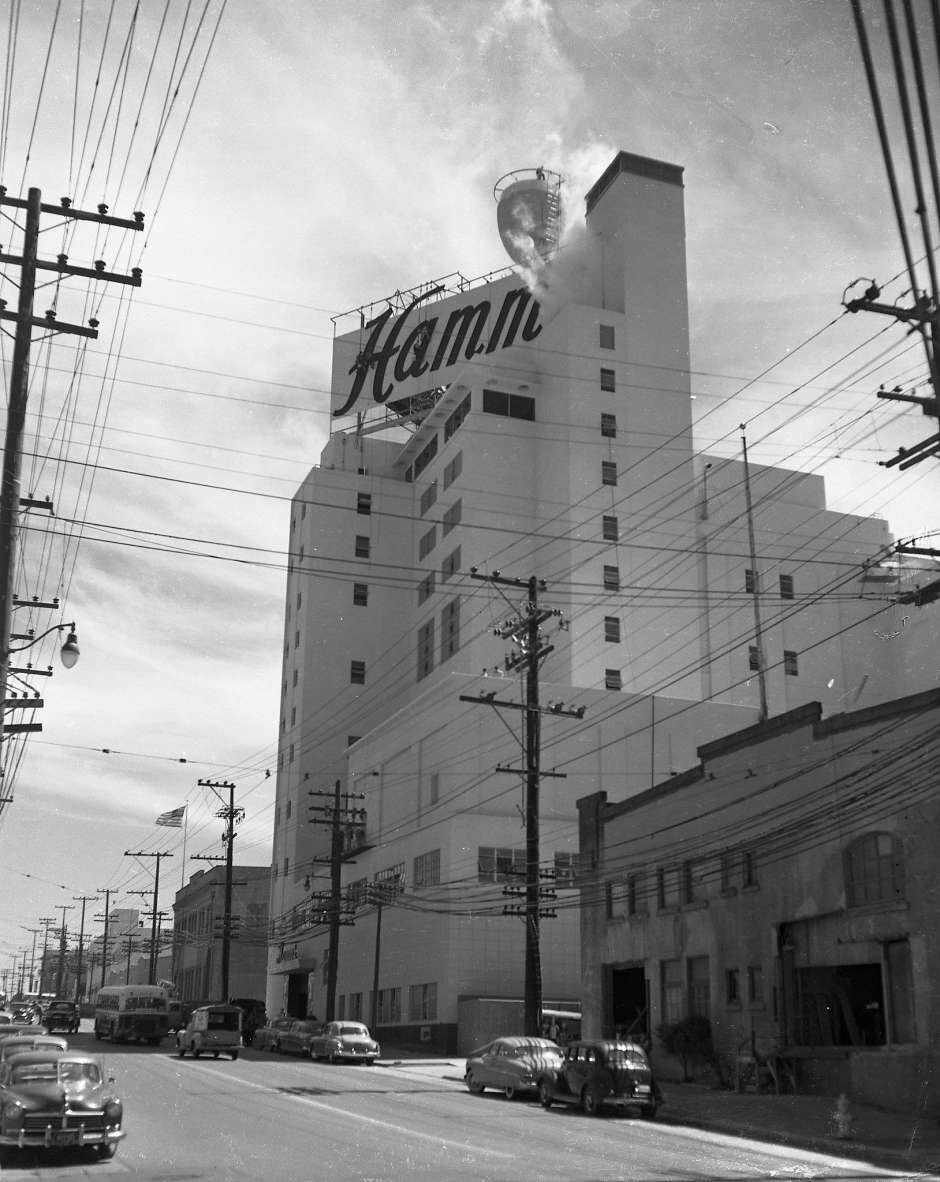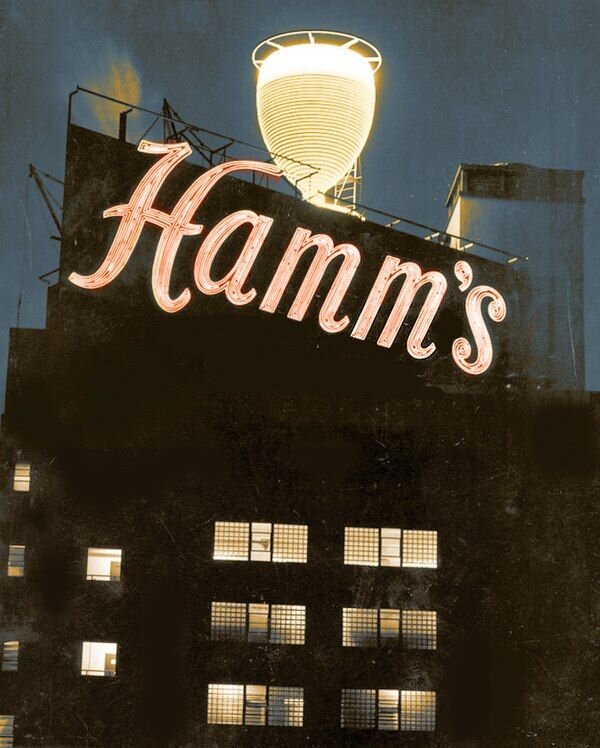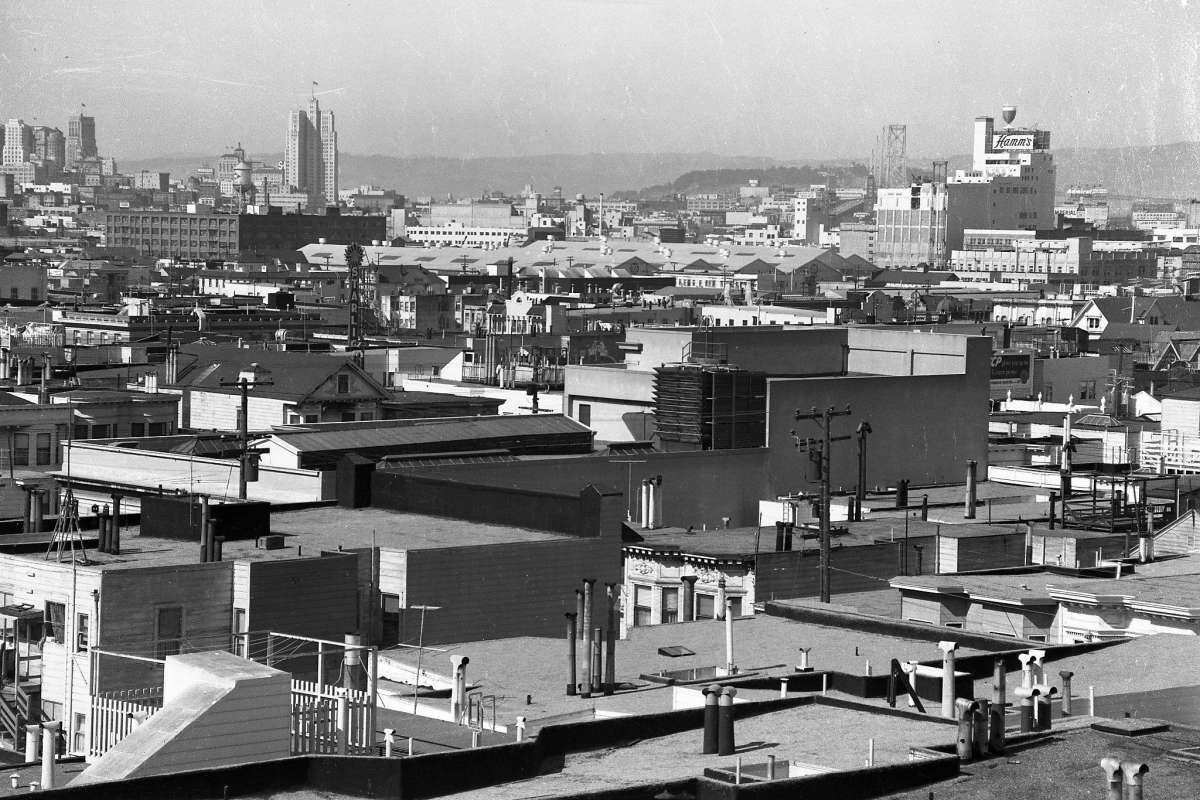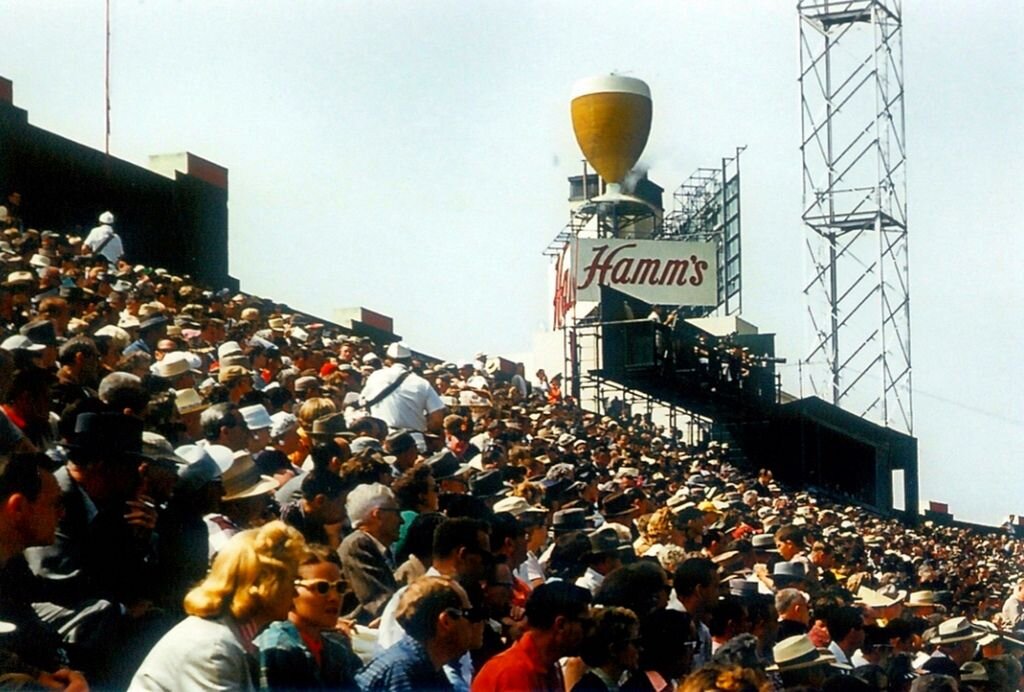"A Sign of The Times": San Francisco's Coca-Cola Sign Retires. A San Franciscan Neon Bender's Goodbye
In the 18 years that I’ve lived in San Francisco and Oakland, I don’t think I’ve thought about that Coca Cola sign as much as I have in October 2020. I started each day to a new article - The iconic San Francisco landmark, visible to generations of commuters crossing the Bay Bridge to and from San Francisco and Oakland, was removed from its perch atop Antonio’s Antiques after 83 years. I have to say that again: EIGHTY THREE YEARS.
The Chronicle shared a statement from Coca Cola - “While we, like many San Franciscans, will miss seeing the sign, we made the difficult decision to not renew the lease as part of our efforts to focus on other digital media platforms that support the growth of our overall beverage portfolio,” Dora Wong, a spokesperson for Coca-Cola North America. People are cheekily calling it “a sign of the times”. Coca-Cola is retiring one of its last historic sculptures to focus on digital media platforms, leaving us with advertisements for digital media platforms.
San Franciscans are no stranger to historic and quintessentially San Franciscan establishments disappearing from our landscape - shuttering in defeat from a struggle with encroaching tech culture and its effects on mom and pop and DIY. We’ve been dealing with it for over a decade. San Francisco was the City of Love because of its diverse inhabitants, artists, activists and the mom and pops. The ultimate tragedy - much of that San Franciscan authenticity, the thing that attracts people to the city was displaced long ago by tech royalty. Now, with this latest loss, we are left with a parade of regular-ass billboards, mostly tech related. A sign of the times, indeed.
More than that, it’s been year filled with stark changes, loss and grief. Like most, I saw this as a very tangible and visible example of our changing landscapes and the latest casualty of the times. Yet another visual and infrastructural reminder of the city’s abandonment of art and artisans. A week prior to the news about Coca-Cola, I learned that my studio building was put on the market.
Itself a historical landmark, just blocks away from the billboard, the Hamm’s Brewery silo has stood on Bryant and Division streets since the 1930’s. At one time, the rooftop of the neighboring brewery building (still standing, now offices) boasted the biggest neon sign west of Chicago (before Vegas). Curved neon tubes wrapped around a gigantic structure depicting a beer chalice. The tubes, a golden yellow, slowly animated from the bottom towards the top as if filling with beer. Accompanying the chalice, gigantic letters , likely 4 or 5 strokes a piece, spelled Hamm’s. Apparently you could see it from the ballpark.
Unfortunately, the Hamm’s sign came down after the closure of the brewery in the late 40’s or 50’s. A quirky bit of San Francisco legend is that the sign literally disappeared - nobody knows what happened to it. There are no found records of the permits to remove it or any account of the process or plan. In the 60’s, the brewery building was inhabited and warmed by artists, performers and punk bands who squatted in the large empty vats and used them for their acoustics. They called themselves the Vat Rats.
Years later, a bad ass welder woman named Tammy signed a lease with the owners to create a collective artist studio warehouse that she called Melting Point. The magic that I would be creating my own neon tubes in this building is not lost on me. I feel honored and fulfilled by that.
I want people reading this to know - something none of the other articles last week mentioned - the Coca Cola billboard is almost as old as the invention of the Neon sign itself. When it was erected in 1937 with REAL neon, it was just 14 years after the first Neon tube was exhibited at The World’s Fair. The Golden Gate Bridge opened the same year and The Bay Bridge was opened the year prior. Both were projects that were initiated as a part of The New Deal. Our Coca-Cola sign was a symbol of an important San Francisco era. And, to many in my world (NEON) this sign is an example of the height of our industry and of the world’s appreciation for skilled labor and a time when manual competency (building things with your hands) was valued, taught and esteemed.
I perused the comments of posts and articles before my commute into the city where Coca-Cola would always welcome me in. As most people have said in some form or another “…it’s bittersweet because, fuck Coke but…..”, it also brought them comfort as kids on drives with parents and welcomed them home after road-trips outside of The Bay. What a unique antiquity on the side of the freeway in a major metropolis. How quintessentially San Francisco!
Led replaced the original Neon tubes in 2001
There were a few times I’d think about what I would do if I could save the Coca-Cola sign. I felt an urgency, and then upon realizing there was nothing I could do, a regret. I have similar feelings about my studio. If given enough time and joint resources in the neon community, we could have tried raise funds to restore and donate - there are many Neon museums around the country. Shouldn’t the city try and save a piece of its history? I read conflicting reports about the city trying to save it and then others that say that Yesco has a contract to destroy it. OOOfffff. So callous. To be honest, it hurt to read.
So, every morning on my drive into work, into the neighborhood, I visited the site. I documented the stage of removal each day. It only took 2 days for them to remove the paneling that made up the sign. I drove by to see the paneling scattered and stacked along the side of the road, empty sockets where bright glittering bulbs once were and guts of wire protruding out of edges. It will take another month to completely remove the infrastructure.
In the middle of writing this, a Food and Wine article about the sign shook me. It asks - “But what if an iconic part of a city’s history is just an advertisement for a soft drink?” Isn’t it strange how engrained capitalism is to our sentiments, our memories and feelings of home and place? Perhaps this is yet another landmark or monument from a bygone era, fallen to changing times and ideals.
But, the more I think about it, this: Both Coca-Cola and my Hamm’s silo studio are a representative of a historic era of American industry and the propulsion of capitalism. With this propulsion came an opportunity for skilled craftsman and builders to showcase supreme talents. People recognize these works as art. Whether it was a beer chalice or anything else, they are works of art. Our studio is also one of the last strongholds of this era, of a thriving blue collar district of SOMA, Portrero and Dogpatch. It’s one of the last strongholds in an overdeveloped landscape of today’s San Francisco. Yes, this sign, my studio, these neighborhoods, are symbols of home and place for me. Yes, this sign really did mean something to me as a long-time resident of the area and, of course, as someone in the Neon sign and art world.
On the last day of the sign’s removal, I asked for a souvenier. One of the fluorescent bulbs (not the originals, but special nonetheless) sits above my drafting table at my Hamm’s silo shop, reflecting the neon lights that surround it.
